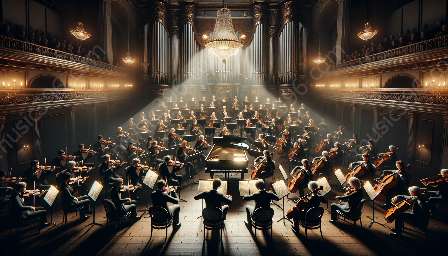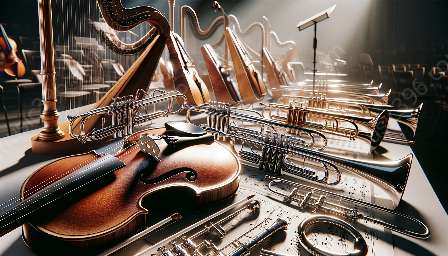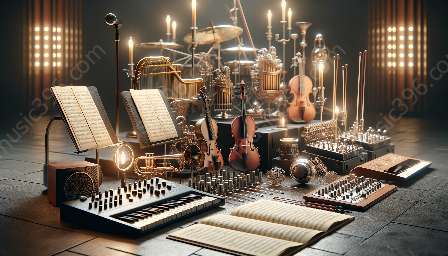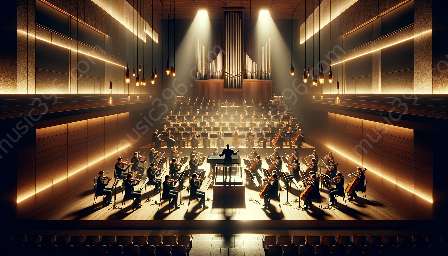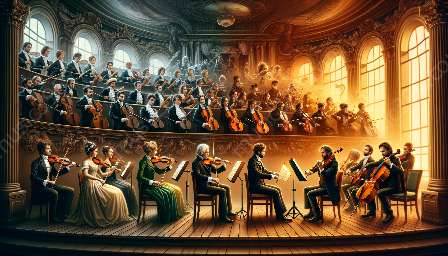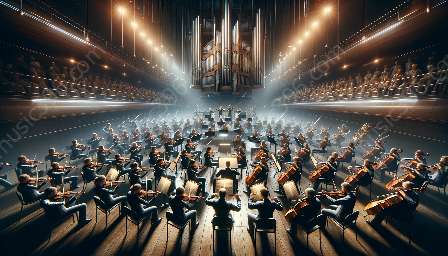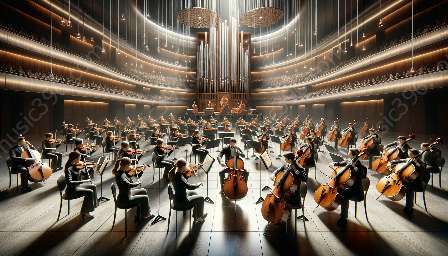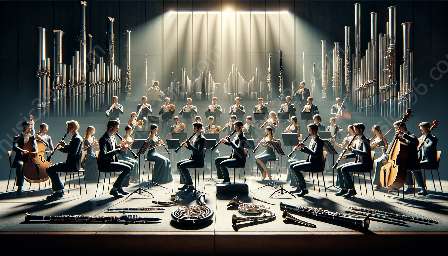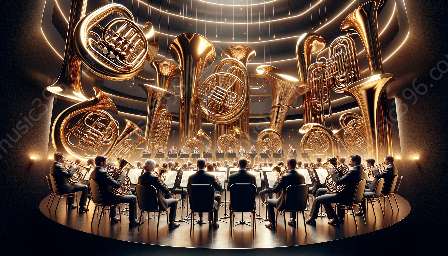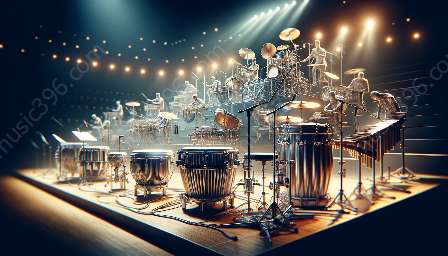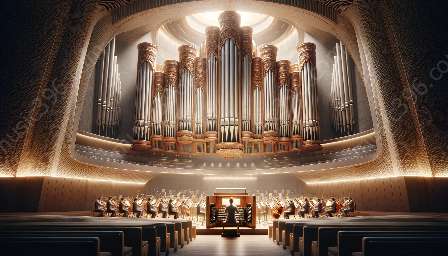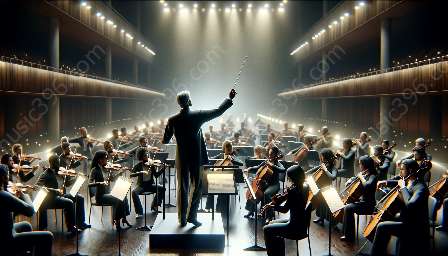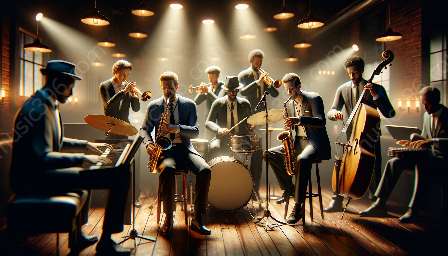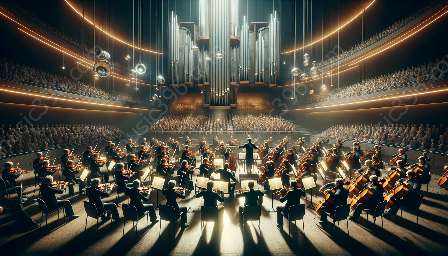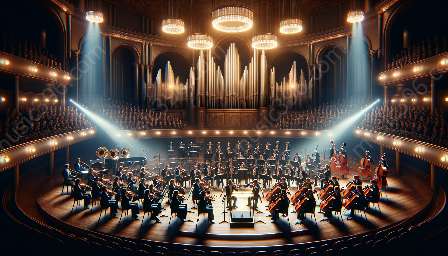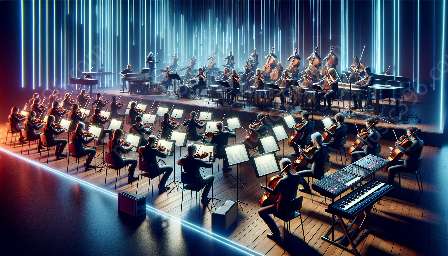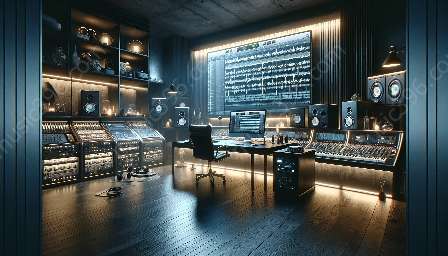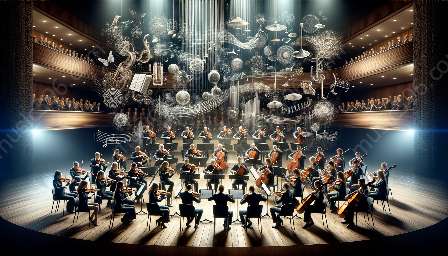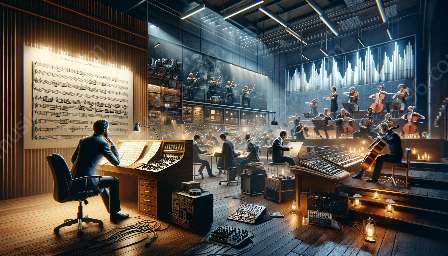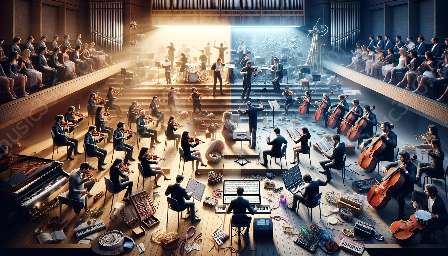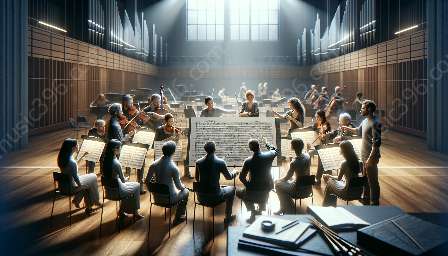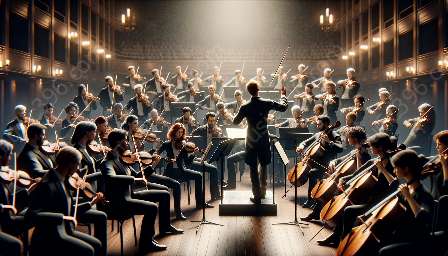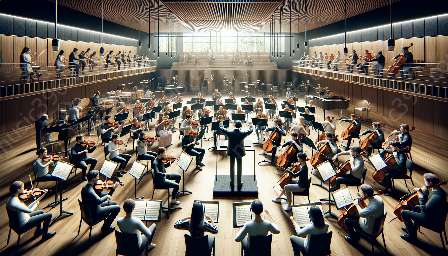Introduction
Orchestration plays a crucial role in film and TV production, shaping the emotional landscape and immersive experience for the audience. In this comprehensive guide, we will delve into the impact of orchestration on audience engagement, exploring its effects on storytelling, emotional resonance, and overall immersive quality.
Understanding Orchestration
Orchestration refers to the arrangement and composition of music, sound, and other auditory elements in film and TV productions. It encompasses the deliberate use of musical instruments, tones, and dynamics to convey specific moods, themes, and atmospheres within a visual narrative.
Impact on Emotional Connection
Orchestration exerts a profound influence on the emotional connection between the audience and the on-screen narrative. By employing varying musical motifs, rhythms, and tempos, orchestrators can evoke a wide range of emotions, from joy and excitement to fear and sorrow. This emotional resonance serves to deepen the audience's investment in the characters and the unfolding story, creating a sense of empathy and attachment.
Furthermore, the strategic use of orchestration can effectively underscore pivotal moments, heightening the audience's emotional response and ensuring a lasting impact. Whether through sweeping orchestral arrangements or subtle, minimalist compositions, orchestration shapes the emotional landscape of the visual narrative, enhancing the overall viewing experience.
Enhancing Immersion
In addition to influencing emotional connection, orchestration is integral to enhancing immersion in film and TV production. By carefully crafting the sonic environment, orchestrators can transport the audience into the world of the story, blurring the line between reality and fiction.
The cohesive integration of music and sound effects through orchestration serves to establish a captivating auditory backdrop, complementing the visual elements and reinforcing the narrative's atmosphere. Whether through ambient soundscapes, dynamic scores, or diegetic music, orchestration contributes to a multi-sensory experience that elevates the audience's immersion and engagement.
Subtlety and Nuance
Orchestration also operates with subtlety and nuance, enriching the storytelling process by communicating emotions and subtext that may elude verbal or visual expression alone. Through the interplay of orchestral nuances and thematic motifs, orchestrators can convey underlying tensions, character dynamics, and narrative complexities, adding layers of depth and complexity to the viewing experience.
Creative Collaboration
Effective orchestration often involves close collaboration between composers, directors, sound designers, and other creatives involved in the production process. This collaborative approach allows for a harmonious alignment of auditory elements with the visual narrative, ensuring a cohesive, impactful presentation that resonates with the audience.
By fostering an environment of creative synergy, orchestration enables the seamless integration of music and sound, optimizing their combined effect on emotional engagement and narrative immersion.
Innovations and Evolutions
As technology and creative practices evolve, orchestration continues to adapt and innovate, expanding its capabilities to further elevate the audience's emotional connection and immersive experience in film and TV production. From the exploration of unconventional instruments and sonic textures to the integration of interactive or adaptive soundscapes, orchestration remains at the forefront of audio-visual storytelling.
Immersive technologies, such as spatial audio and virtual reality, present new frontiers for orchestration, allowing for more immersive and interactive auditory experiences that captivate and envelop the audience in unprecedented ways.
Conclusion
Orchestration serves as a potent force in shaping the emotional landscape and immersive quality of film and TV production. By wielding the power of music and sound, orchestrators craft sonic tapestries that resonate deeply with audiences, cultivating emotional connections and immersive experiences that transcend the screen. Through strategic orchestration, the auditory dimension becomes a vital conduit for storytelling, enriching the visual narrative and fostering a profound bond between the audience and the on-screen world.

